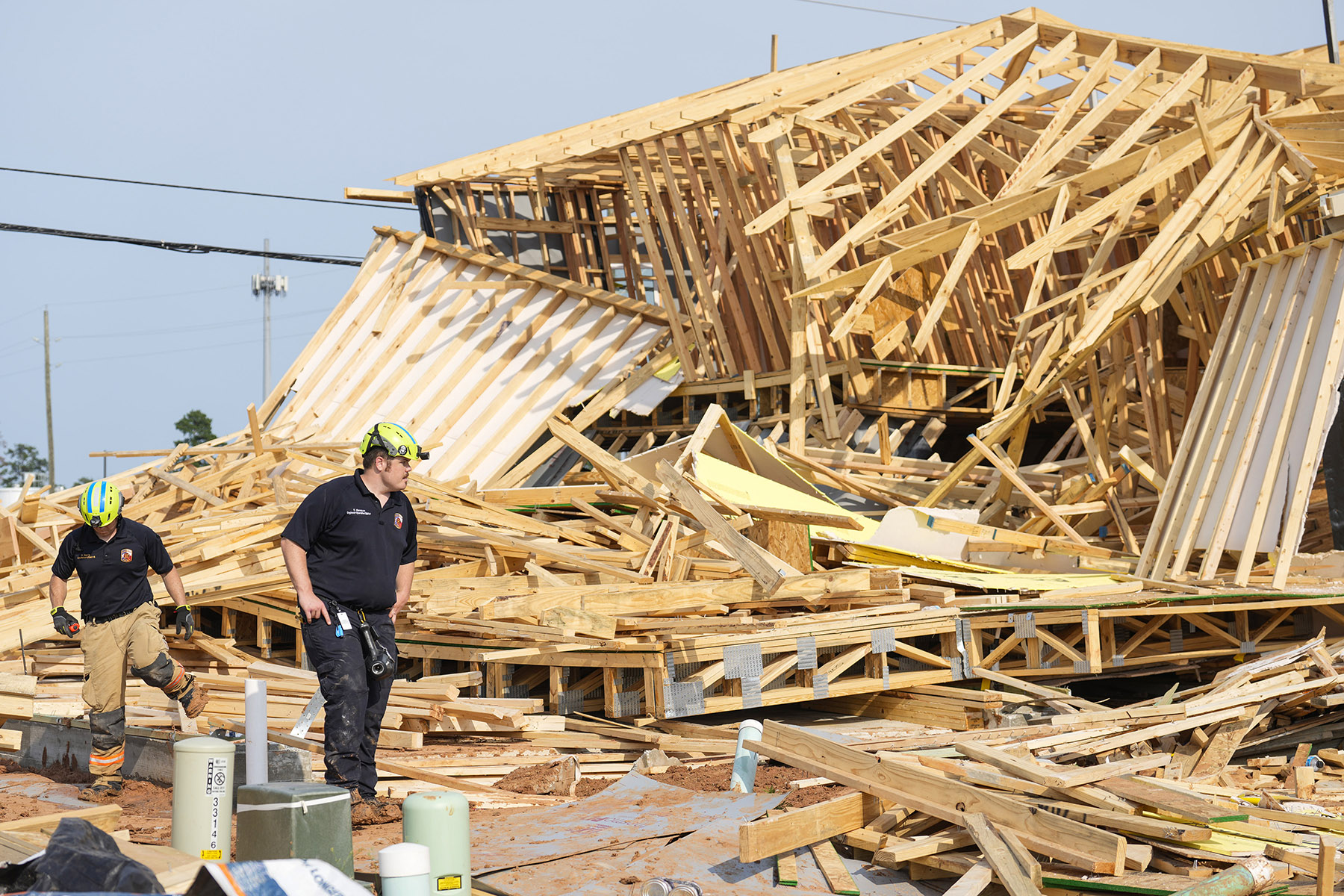
Millions of people in the United States are losing their homes due to a record number of weather catastrophes, resulting in insurance companies raising premiums to record levels in many states, or some simply going out of business.
Insurers are bleeding cash from weather-related events like wildfires, tornadoes, hailstorms and flooding. For the full year 2023, US storm insurance claims hit a record $63 billion, according to a recent report.
To cover their losses, insurers are raising rates, restricting coverage, or pulling out of some areas "because they're concerned about having to pay out so much as more of these weather-related catastrophes occur," Dave Jones, director of the Climate Risk Initiative at UC Berkeley's Center for Law, Energy and the Environment, told China Daily.
READ MORE: Heat wave scorches Southwest US, leaving millions under alerts
Insurers are losing money on homeowners' coverage in 18 states, more than a third of the country. That is an increase from 12 states five years ago and eight states in 2013, according to a study by The New York Times.
"Home insurers in the US had their worst underwriting performance since 2011 last year," Mark Friedlander, director of corporate communications for the Insurance Information Institute, told China Daily. For every dollar they collected in home premiums last year, insurance companies paid an average of $1.11 in claims and expenses, he said.
Insurance rates jumped by double digits in 25 states last year, with the biggest increases in Texas, Arizona and Utah, according to S&P Global. In some places, like Florida, rates have risen more than 40 percent in the past five years. Rates in Arizona have skyrocketed more than 62 percent over the past five years.
Cindy N, who declined to provide her last name, and her husband from Massachusetts, bought a condo in Florida 10 years ago. They used it during the winter months and found they could rent it when not there.
They said it worked out so well for them until Hurricane Idalia hit in August 2023, causing extensive damage to the building.
"We made money renting, but not with these high insurance rates," she told China Daily. "It's not worth it, and we're safer in Massachusetts."
Huge cost
In 2023, there were a record 28 weather and climate disasters, according to The National Oceanic and Atmospheric Administration, with a total cost of at least $92.9 billion. For comparison, the annual average for such events between 1980 and 2023 was 8.5.
More than 14.5 million homes in the US were hit by natural disasters in 2021, causing an estimated $56.92 billion in property damage, according to a 2022 report by CoreLogic. That means about one in every 10 homes in the US was affected.
State Farm, the largest homeowner insurance company in the US, will stop covering more than 72,000 homes and apartments in California this summer. The company said the decision is due to soaring costs, increasing wildfire risks and outdated regulations, The Orange County Register reported.
ALSO READ: NASA: Each month of past year sees record temperatures
More than 90 percent of companies in the California insurance market are either not offering new property insurance or have significant restrictions, KQED reported.
A recent report by the First Street Foundation, a nonprofit focused on climate risk research, says that nearly 4.4 million properties in the US are at risk of rising insurance prices and reduced coverage due to wildfires. Additionally, 23.9 million properties are at risk due to wind and 12 million due to flooding.
Meanwhile, states started to regulate insurance markets, holding the power to approve or reject rate increases, determine coverage extent, and enforce consumer protections.
But most states don't have a comprehensive plan to restore the house insurance market.
Agencies contributed to this story.


